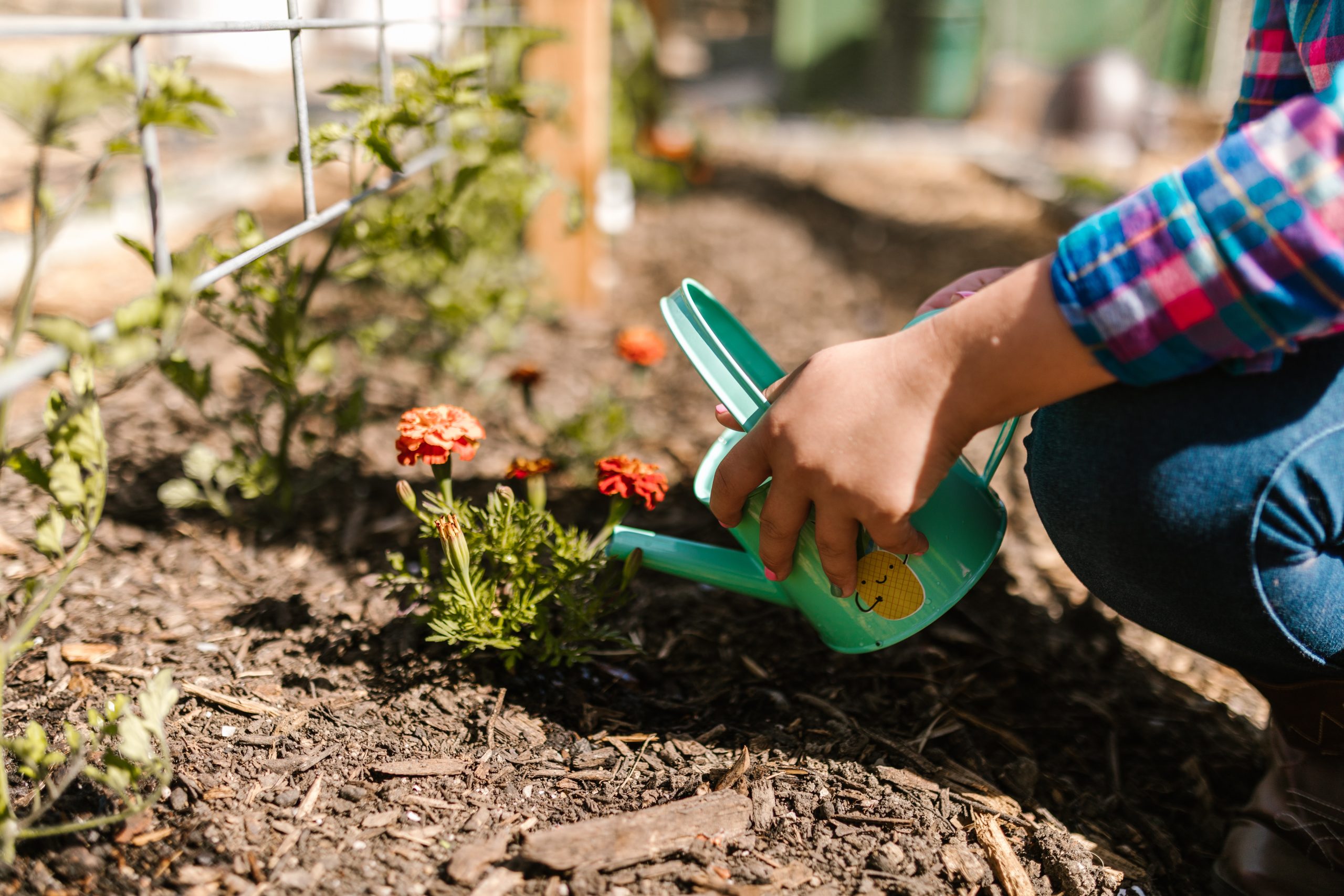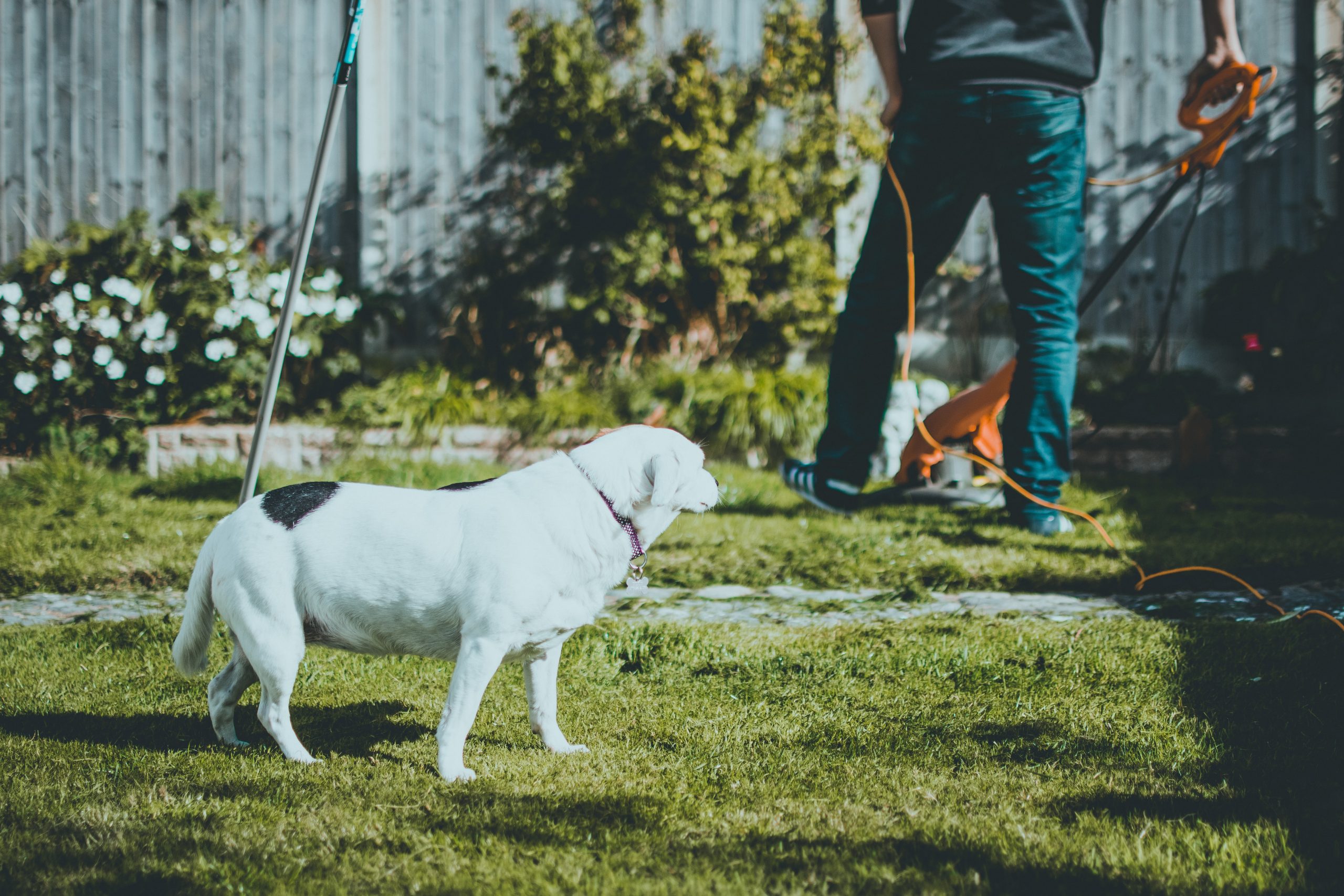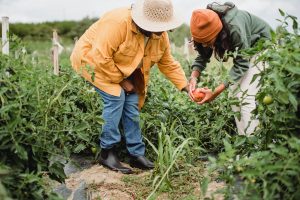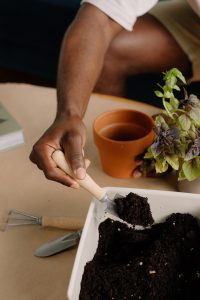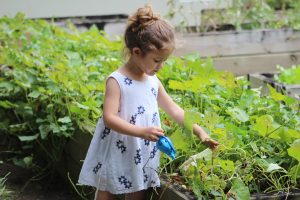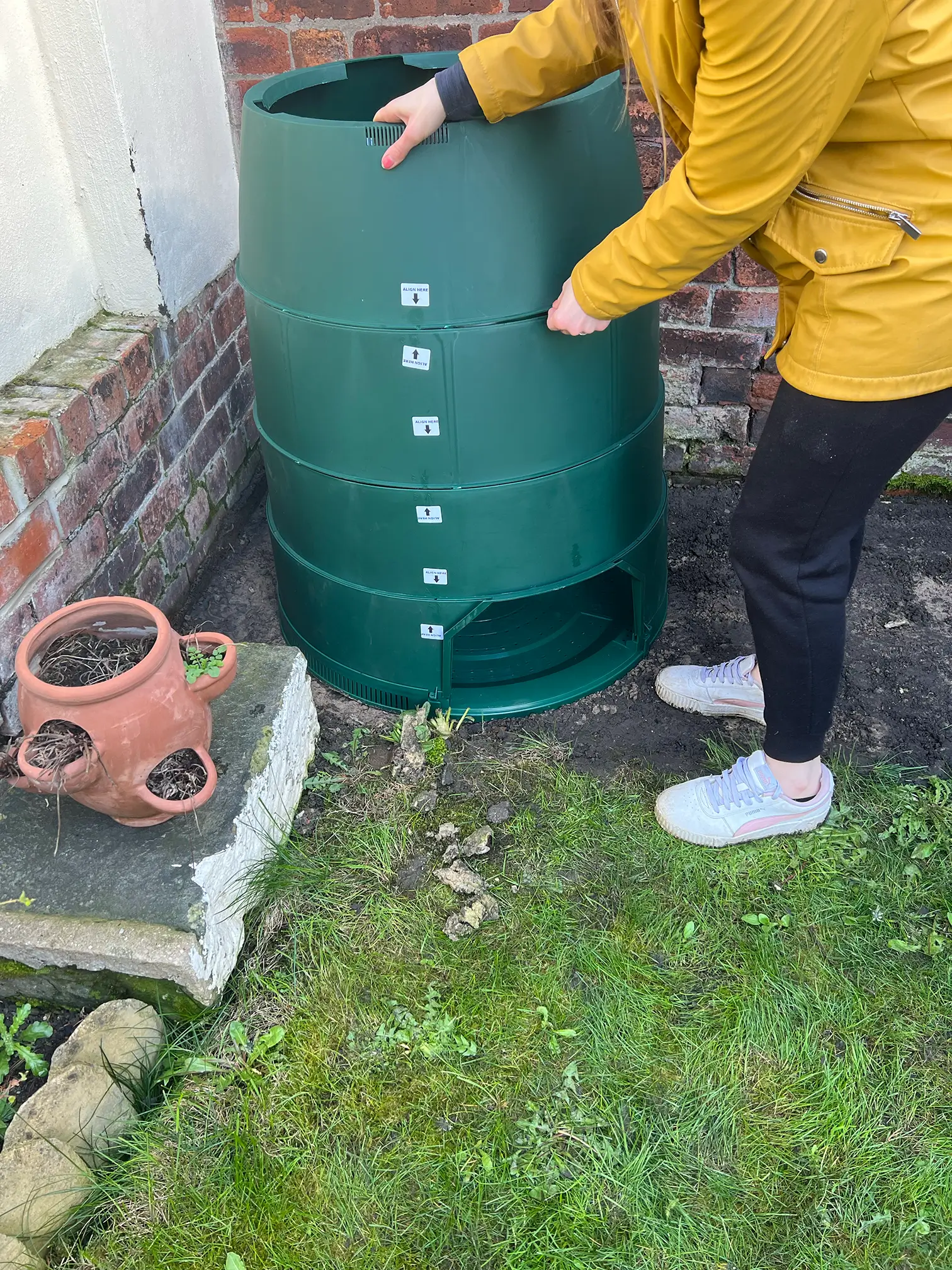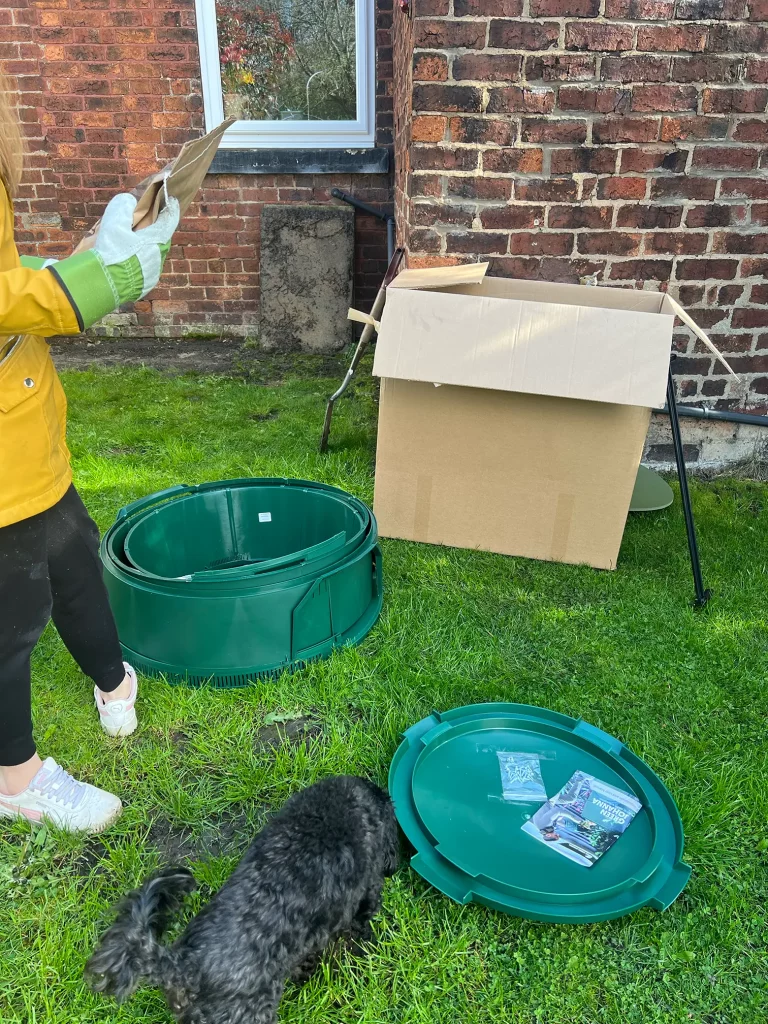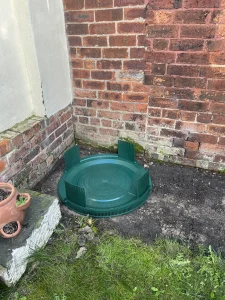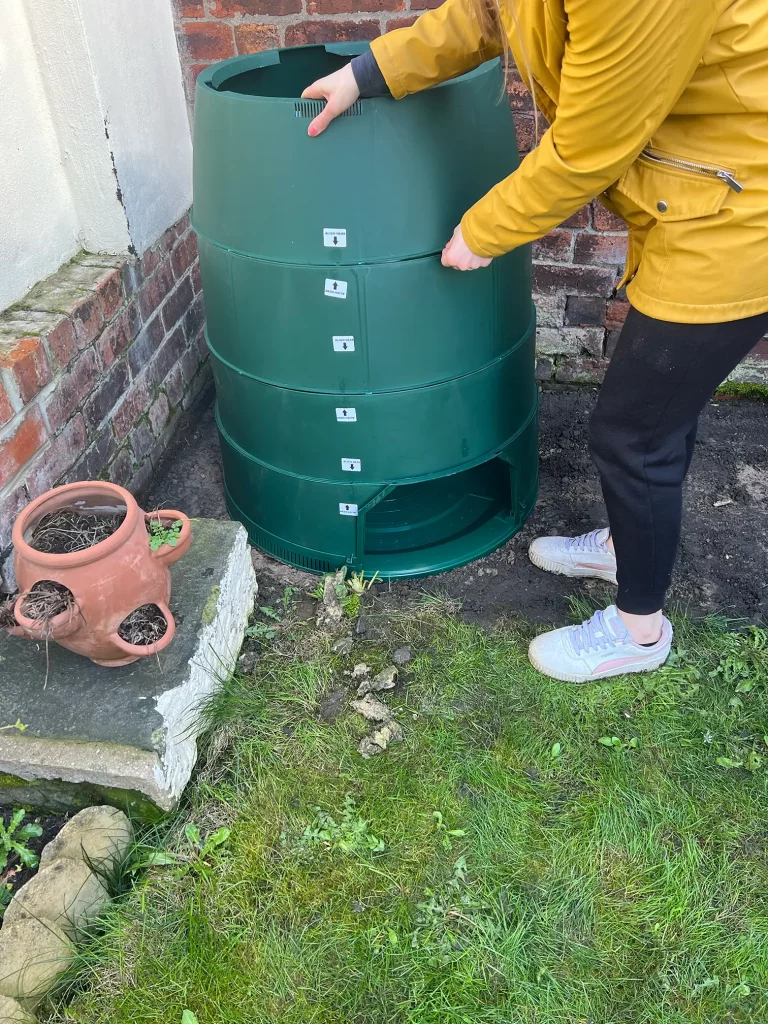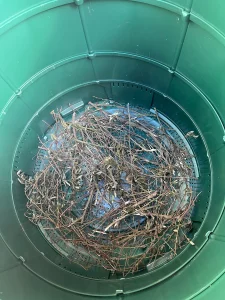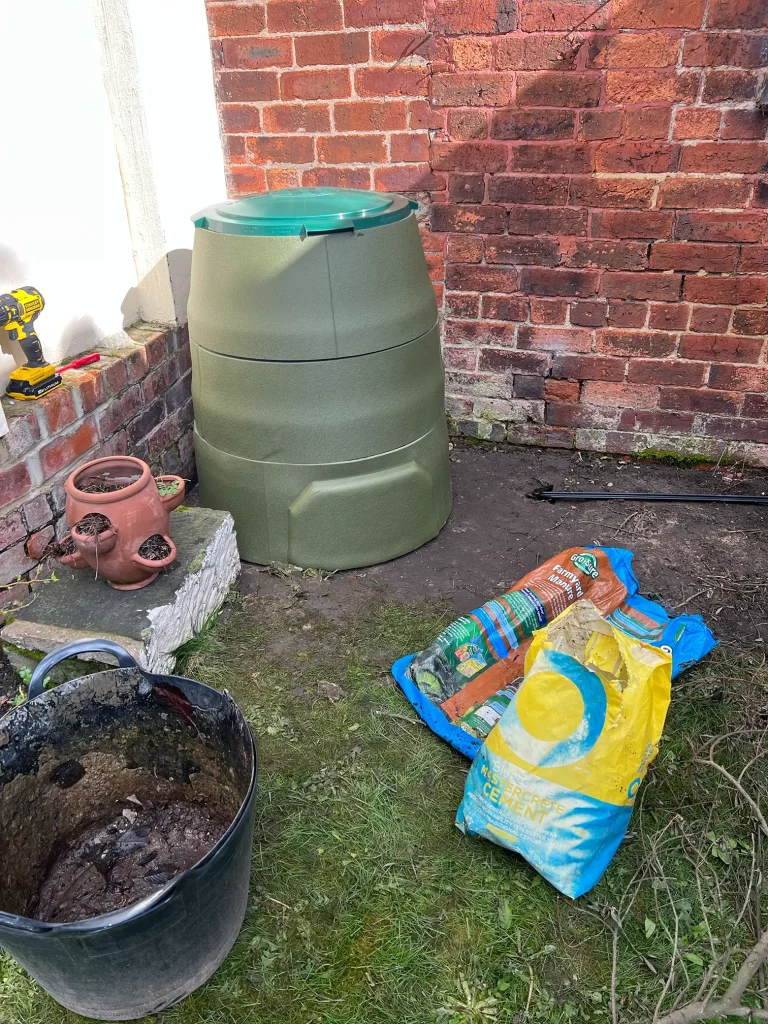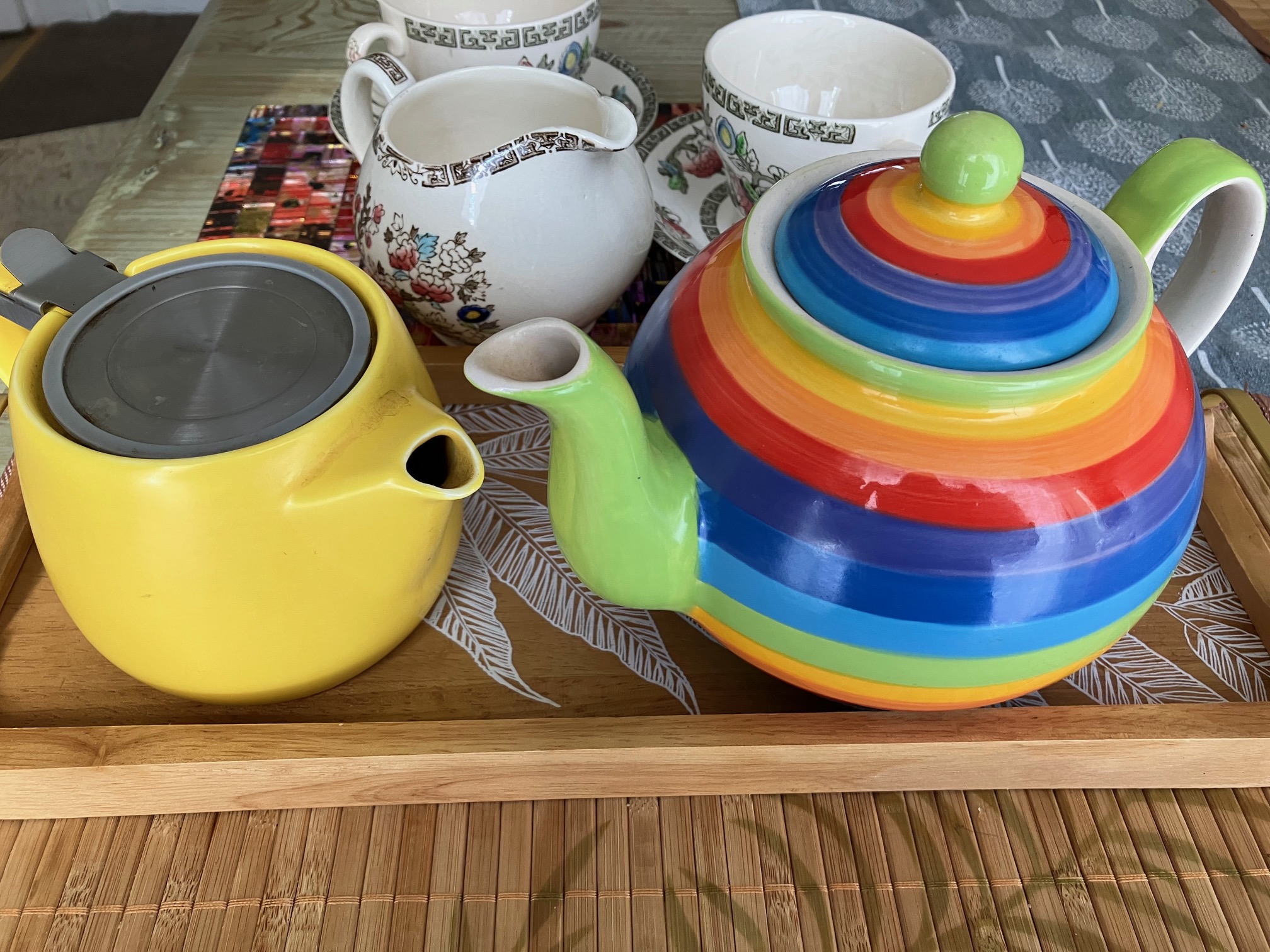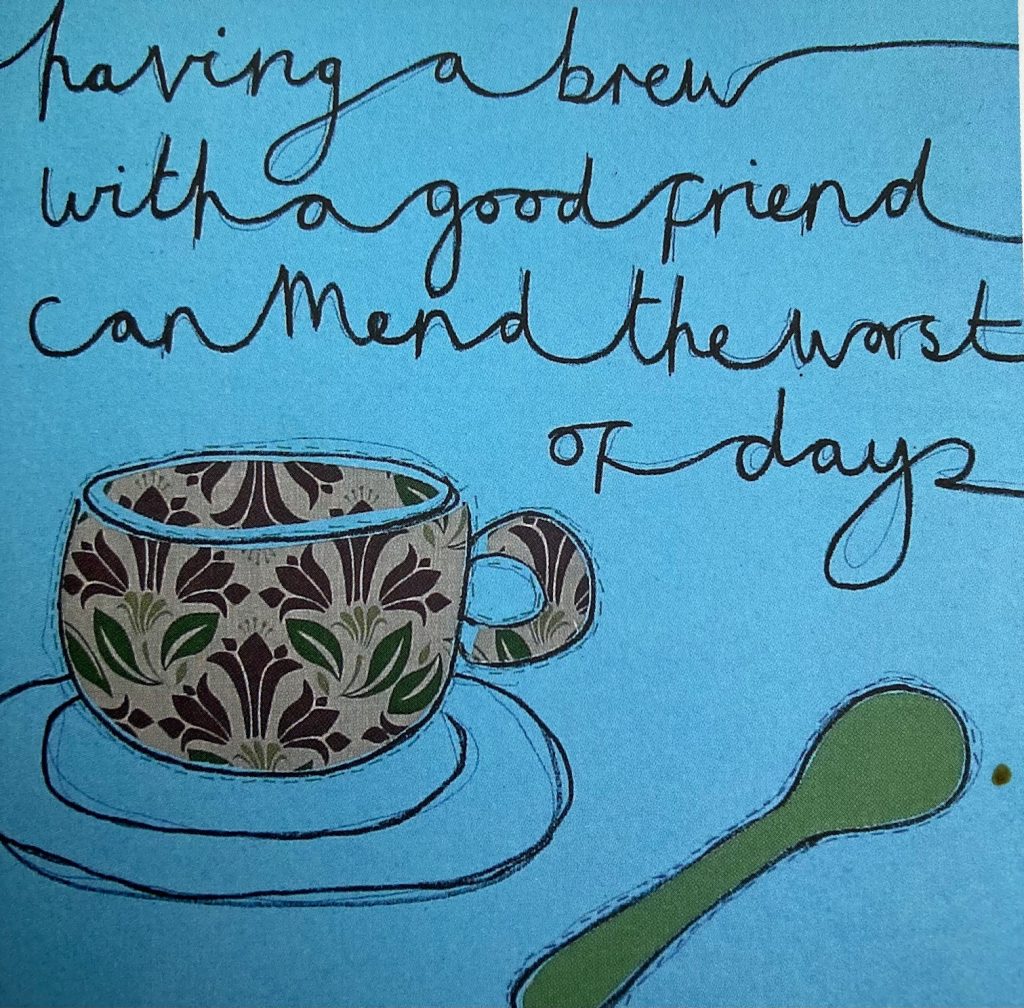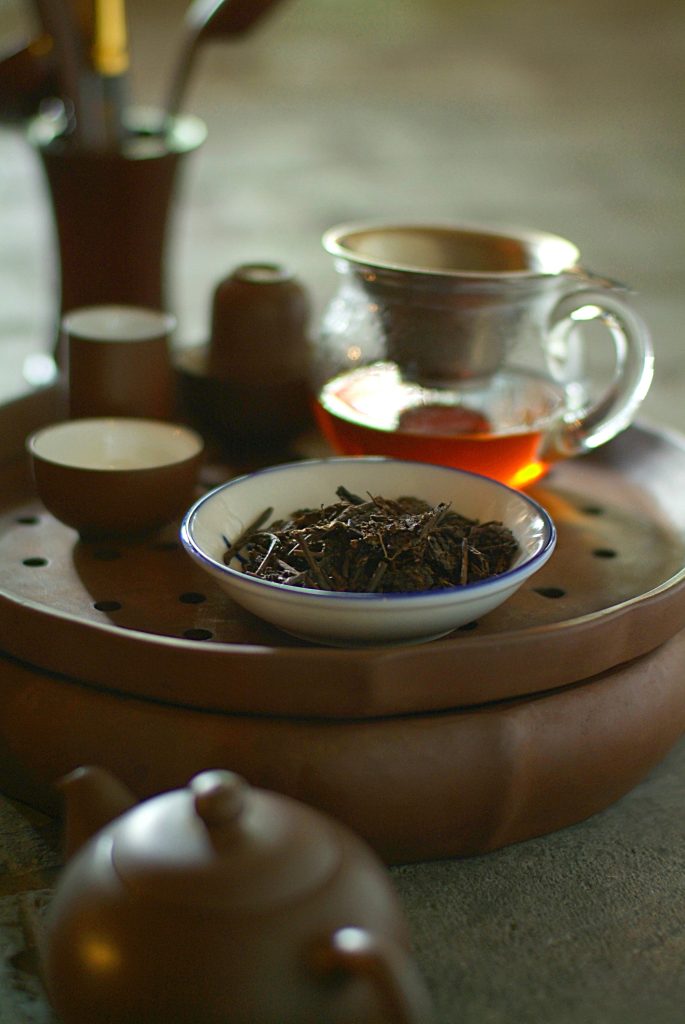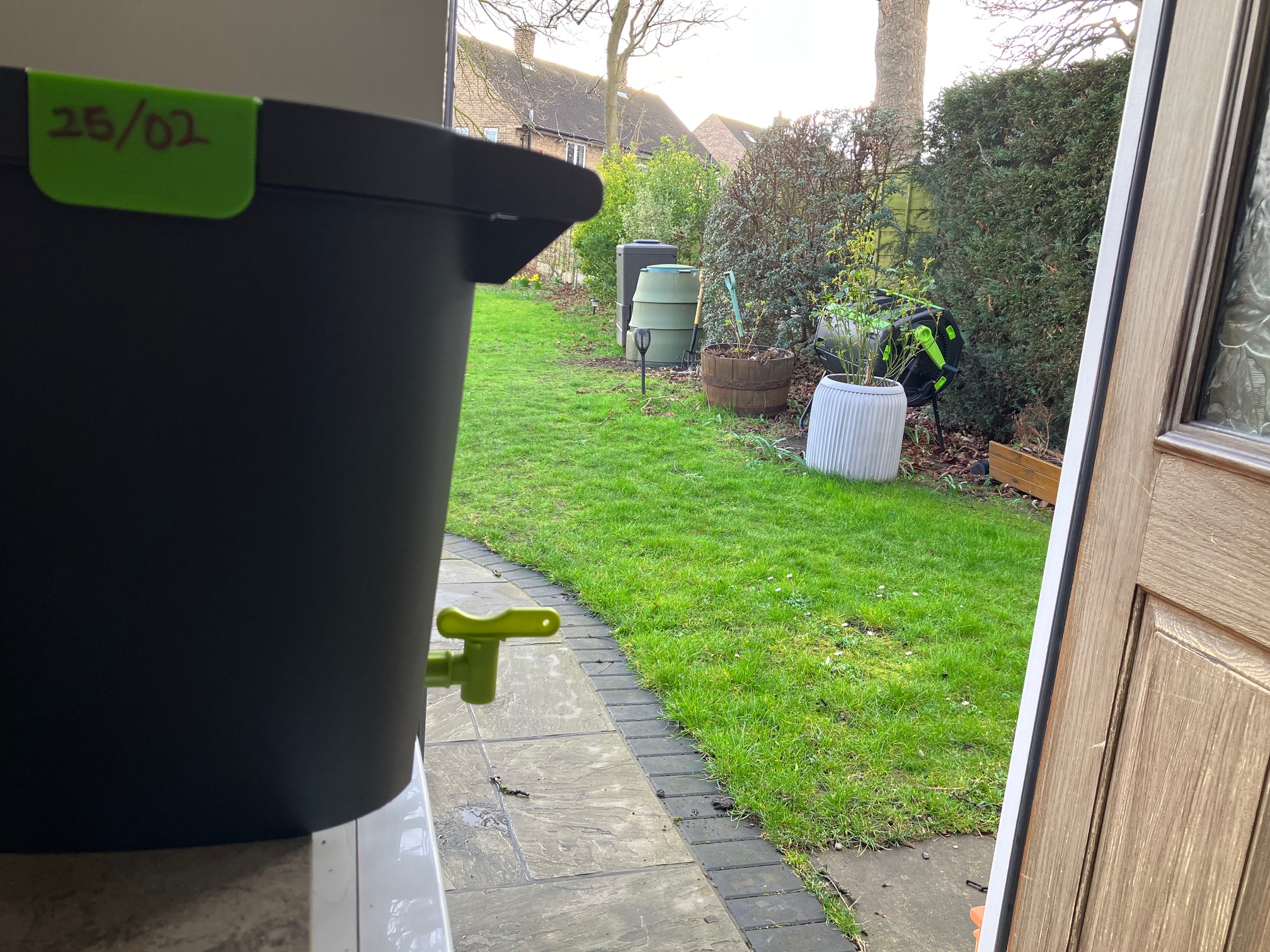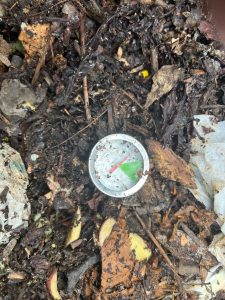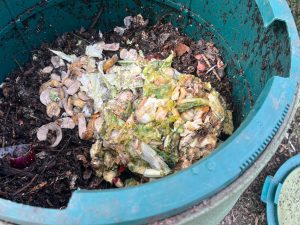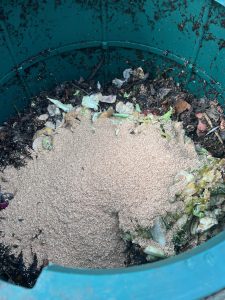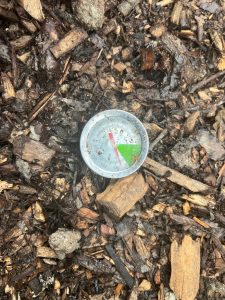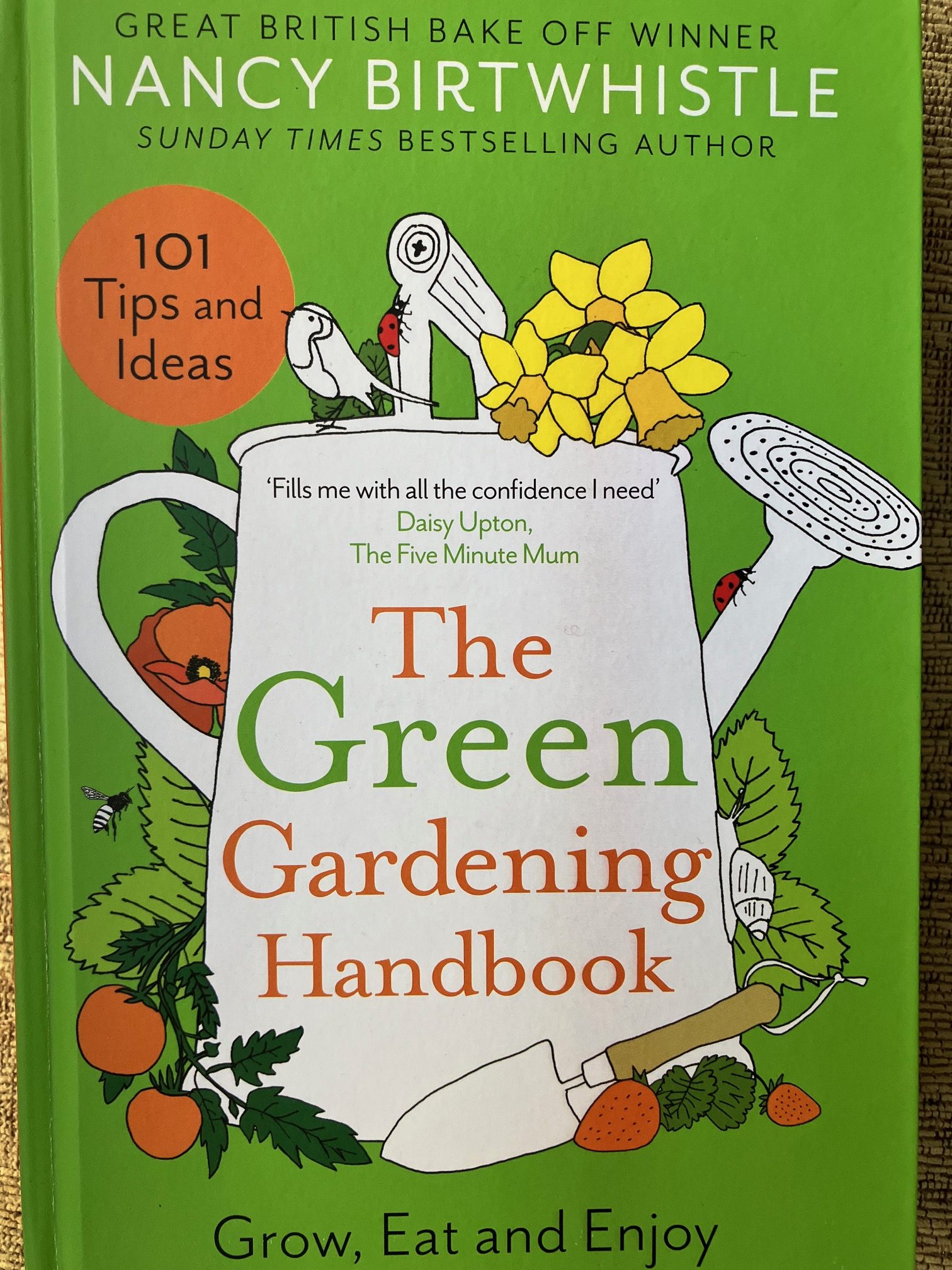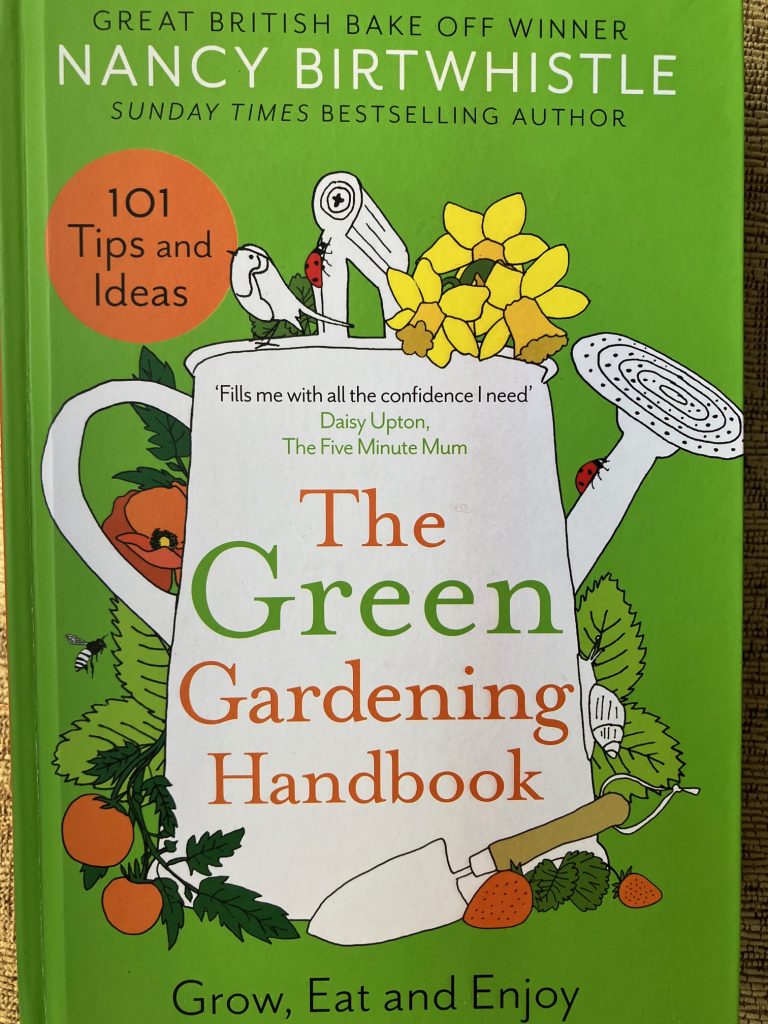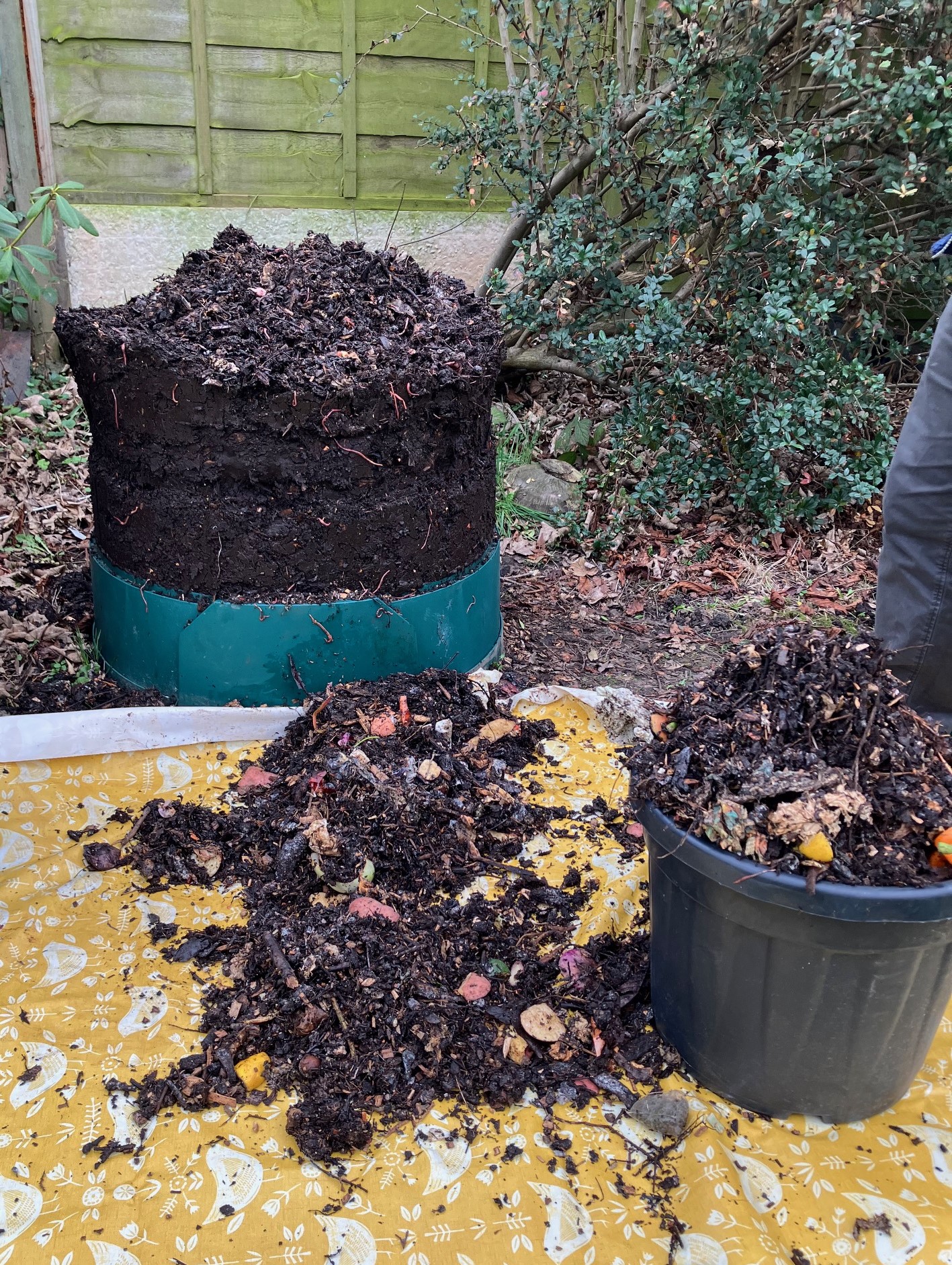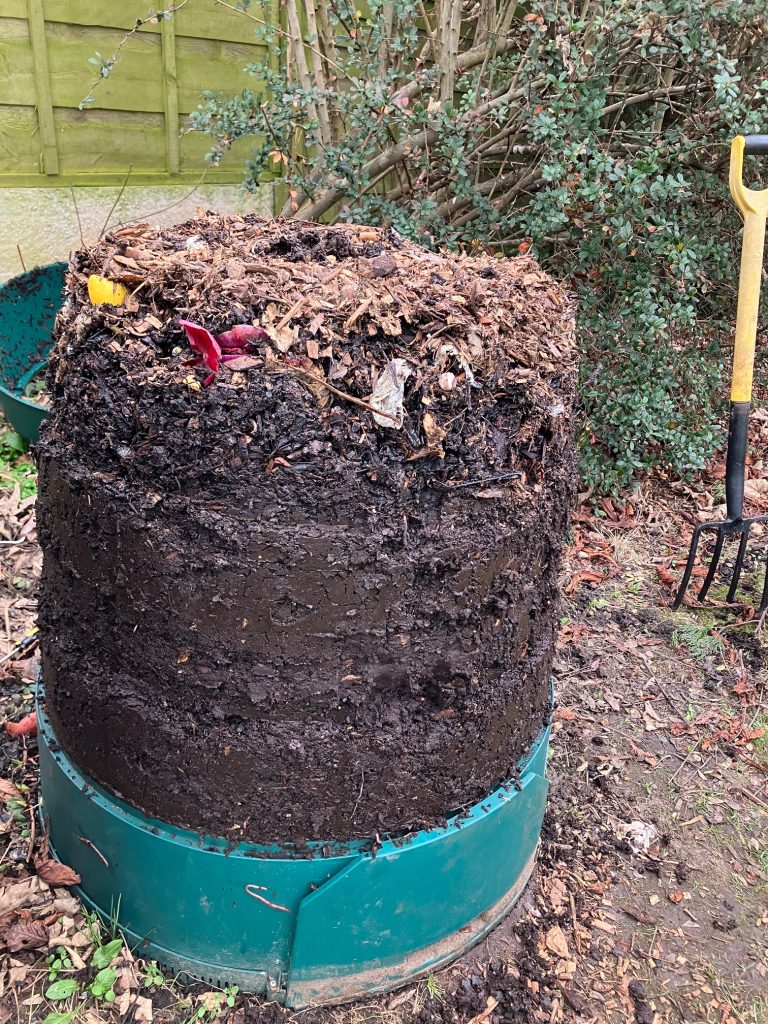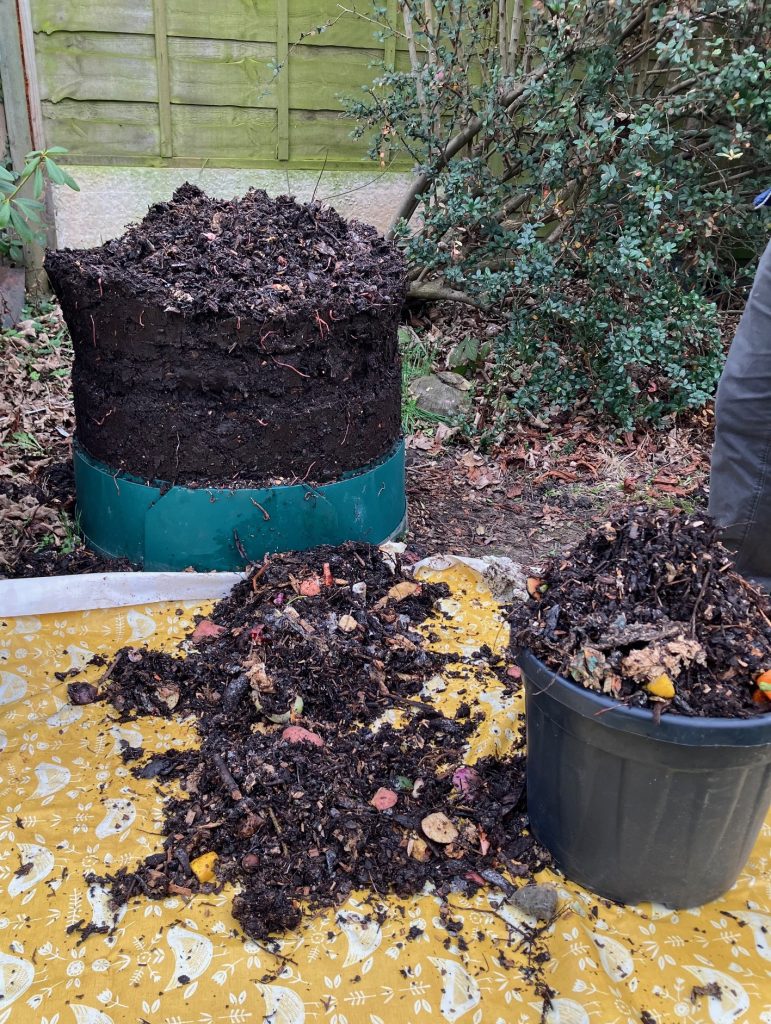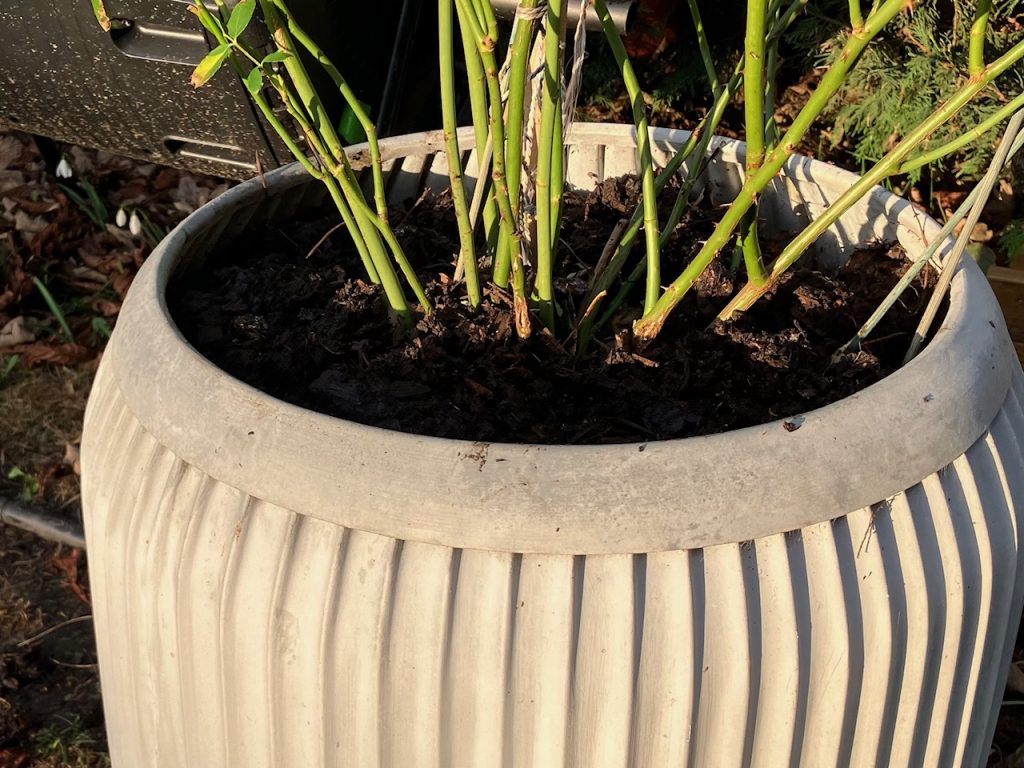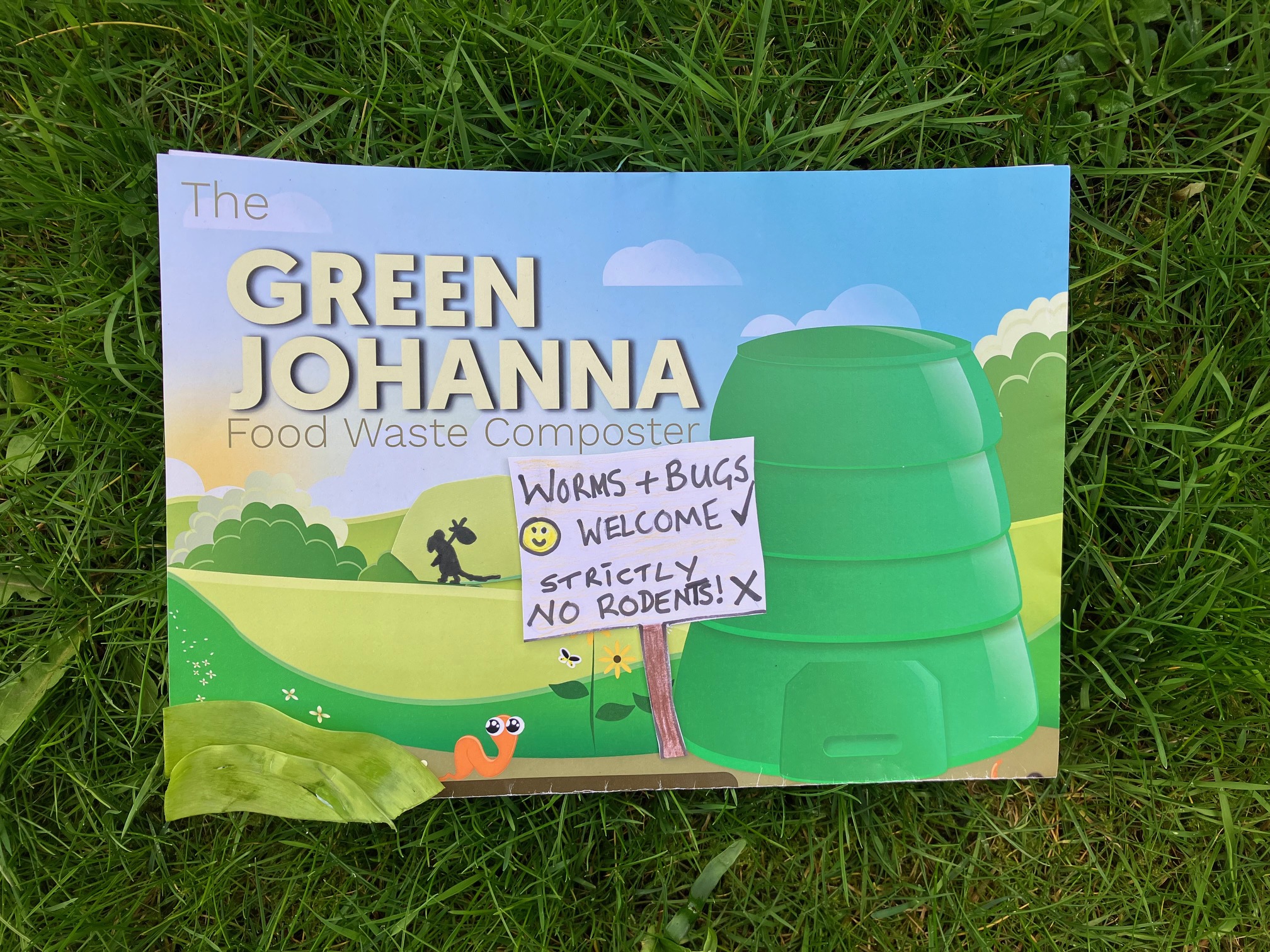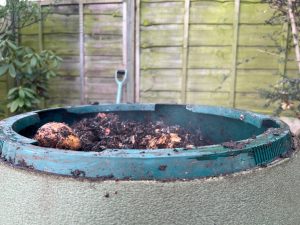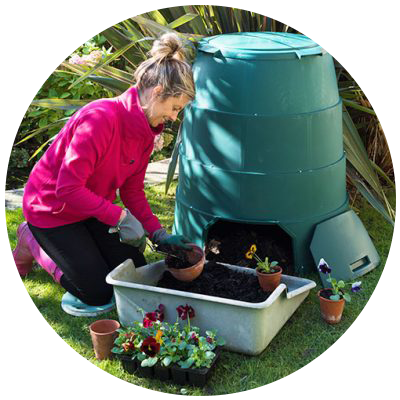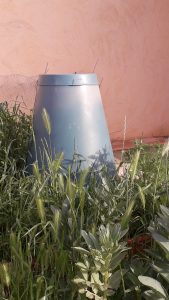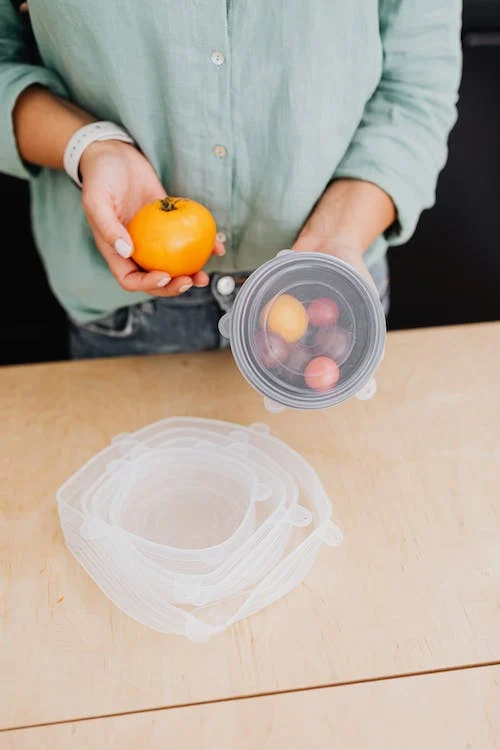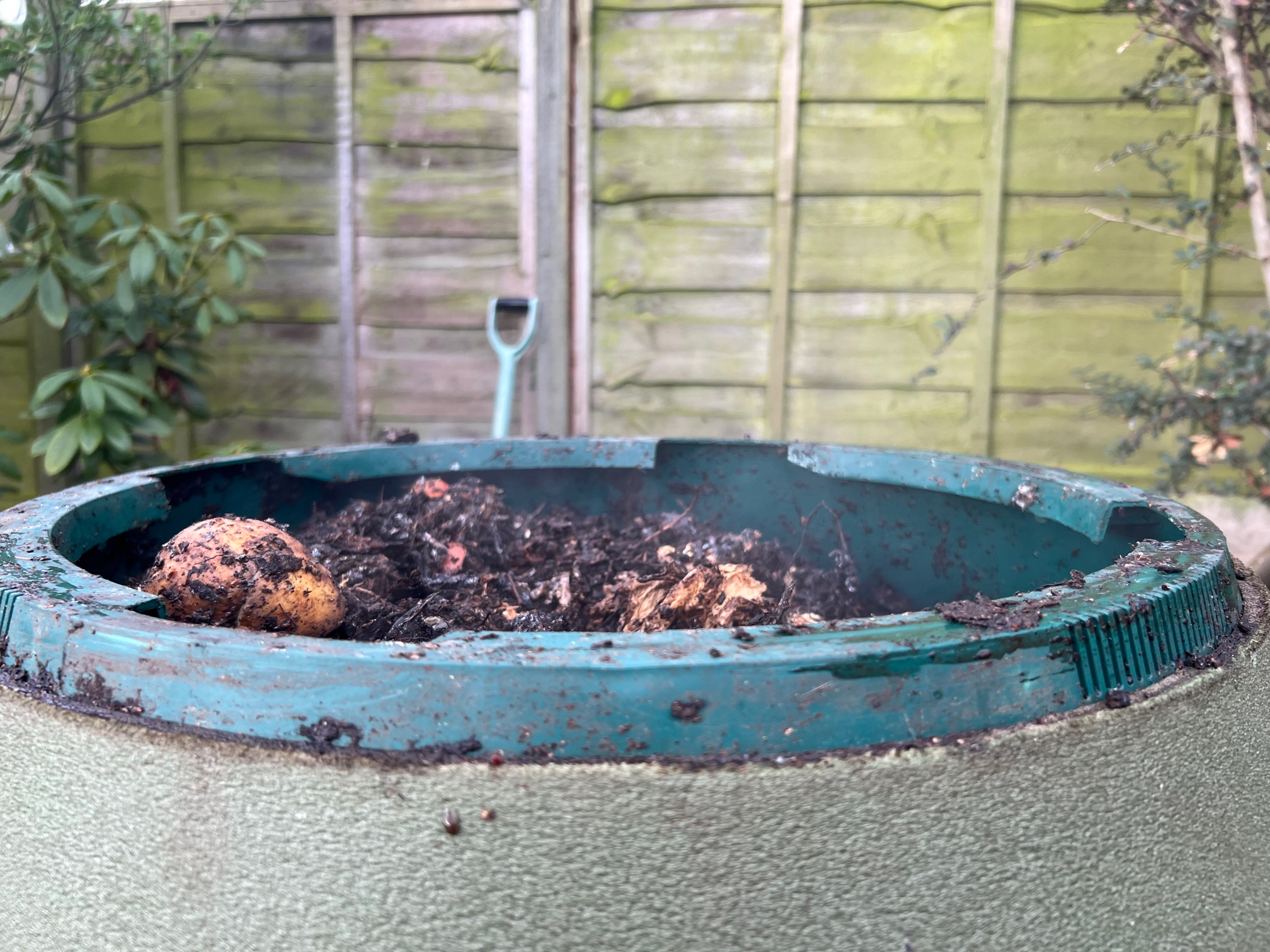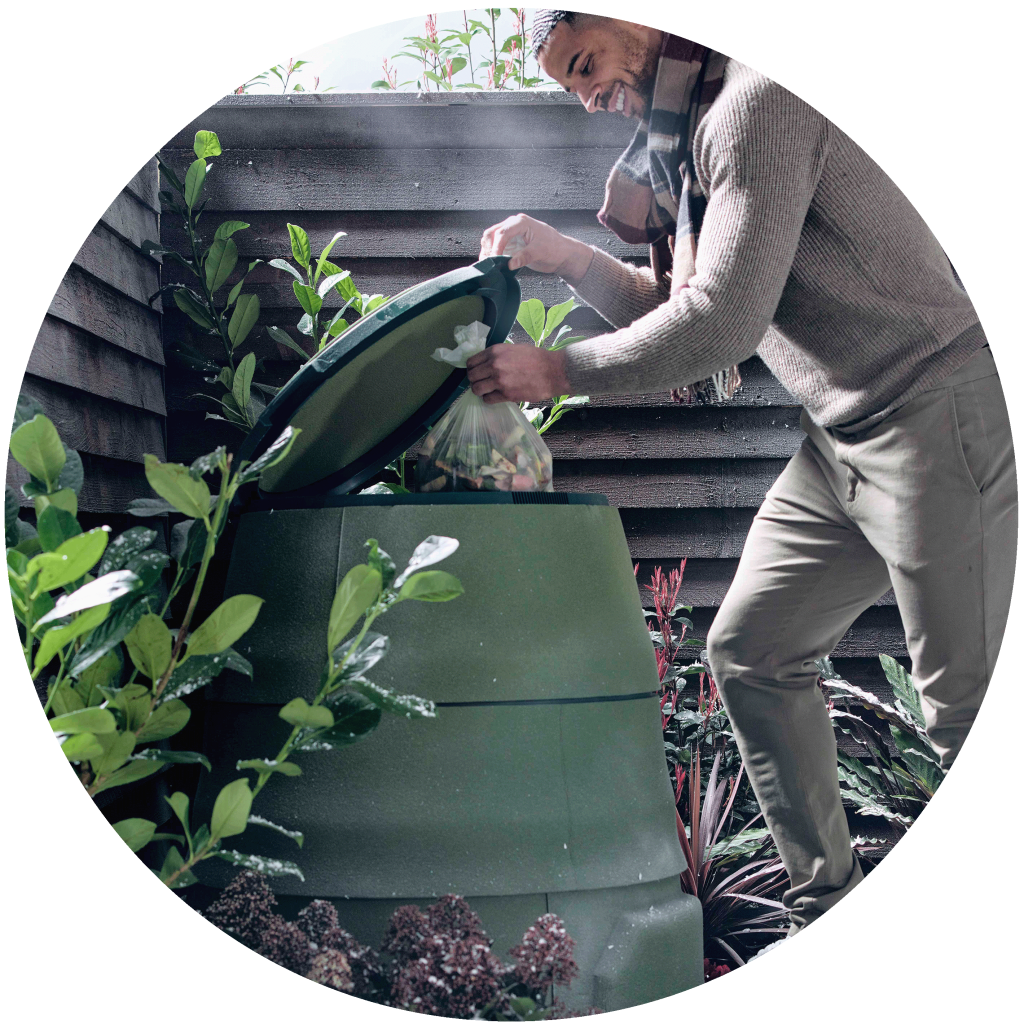Mature compost laid as layers of mulch will benefit your garden all year round, but never more than in dry spells.
Every summer, hosepipe bans and water use restrictions across the south of England are seasonal reminders of the need to conserve water. This year, the UK experienced its driest February in 30 years.
If you have a dry garden you’ll be glad of the protection that mulch offers plants in retaining water and cutting down on evaporation. This means you don’t have to water as frequently.
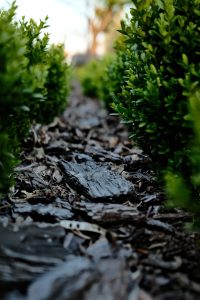
Mulch the soil after a spell of rain with mature compost to retain moisture. Lay the layers at least 5cms thick after first removing weeds. As it decomposes and is taken into the soil by worms and other organisms, the compost feeds plants and micro-organisms in the soil. Gardeners also appreciate the neat weed-free appearance that mulch creates.
As well as retaining moisture in summer, mulch also helps rain to penetrate the soil in winter as well as protecting the roots of plants. It also prevents weeds and deters pests.
Mulch can be applied at any time around established plants or new plantings. At the beginning of the growing season mulches serve to warm the soil by helping it to retain heat which would be lost at night.
Apart from compost, other popular organic mulches are shredded wood or bark, leaf mould and pine needles. For drought-tolerant plants, non-organic mulch such as crushed stone, slate or gravel is ideal.
Many of our customers tell us they plan their composting year so they’ll have plenty of ready compost in the spring. Some have two (or even three) Green Johannas so that one can be left for its contents to mature for longer, turning into nutrient-rich humus, while the other Johanna is kept active receiving fresh waste.
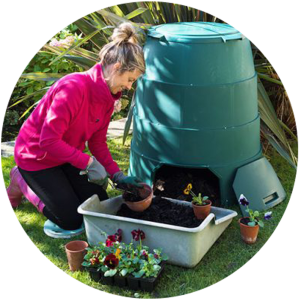
The difference between compost and humus is that compost is still actively decomposing, whereas humus has almost completely decomposed. Humus is rich in nutrients essential for plant growth and also improves compacted soils by making them looser.
Other drought-proofing steps in the garden:
- When it does rain make sure you catch every drop with a water butt coupled up to a drainpipe on the house, shed, garage and/or greenhouse.
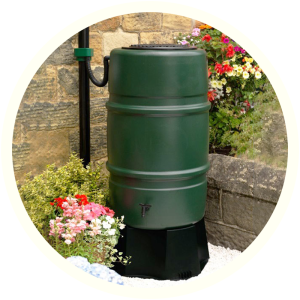
- Create water collection points around your garden by digging buckets or bowls into the ground to collect rainwater. You can then fill up your watering can on the spot.
- Don’t waste precious water by sprinkling it on foliage – focus instead on the roots so you get water right to the base of the plant. Use a watering can rather than a hose or sprinkler.
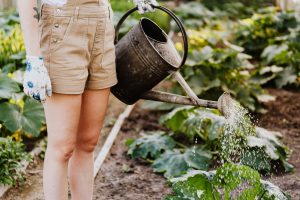
- Allow plants to go some days without water so they become resilient and able to weather dry spells. They will send their roots deeper into the soil, tapping into moisture underground. *
- Giving plants a good soak once a week is better than a light watering every day and also saves time.
- Always water in the cool of the early morning or just as the sun goes down, giving it chance to soak into the soil without it evaporating in the sun.
- Don’t fertilise when it’s hot and dry as this can make conditions worse. Plants will need even more water to be able to absorb and process the fertiliser. An influx of nutrients also makes the plants want to grow, putting them under more stress.
- Keep plants in hanging baskets and containers alive by moving them to shaded areas temporarily.
- If plants are scorched don’t over-water as this can drown a struggling plant from the roots up. Move struggling plants to a cool sheltered spot, watering gently and mulching. Cut off heat-damaged parts as these can encourage pests.
- Remember to remove weeds from planted areas as they will compete for soil moisture. Weeds thrive in hostile environments, such as drought. When you’re planting, plant thickly – this helps to reduce moisture evaporating from the soil and creates ground cover so there are fewer opportunities for weeds to root.
- Cultivate drought-proof areas with plants such as orange and yellow Californian poppies, salvias, lavenders, pelargoniums and grasses. If it doesn’t rain after the first months of planting, most drought-tolerant plants will need watering so that they settle in.
- Create areas of shade by adding walling, fences and hedges. These will offer shelter from the sun but also in winter protect plants from frost and snowfall.
- Focus on watering the plants that need it most – such as edible crops, anything you’ve planted recently and plants in containers.
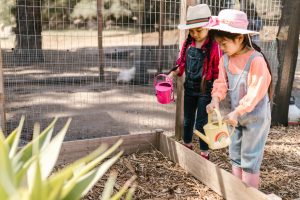
- Terracotta pots will dry out more quickly than ceramic, metal and plastic, so line the sides with old compost bags before planting.
- Place drip-trays beneath pots to collect drainage (remove in winter to avoid water logging).
- Use self-watering pots or baskets.
- Swap paving for plants – de-pave an area and fill it with plants and mulch to slow down runoff and encourage water infiltration into the soil.


